Arthropod of the Month
On this page, we pay attention to the large group of arthropods that suffer severely from pesticide use. This family includes not only the many insects, but also spiders, crustaceans and centipedes. All of them together play an often barely understood by humans but essential role in our ecosystems. They pollinate plants, provide soil fertility and water-holding capacity, and combat pests by maintaining balance in the ecosystem. Every month, we highlight a member of this large family in the light of our campaign to better protect these important organisms.
Millipede
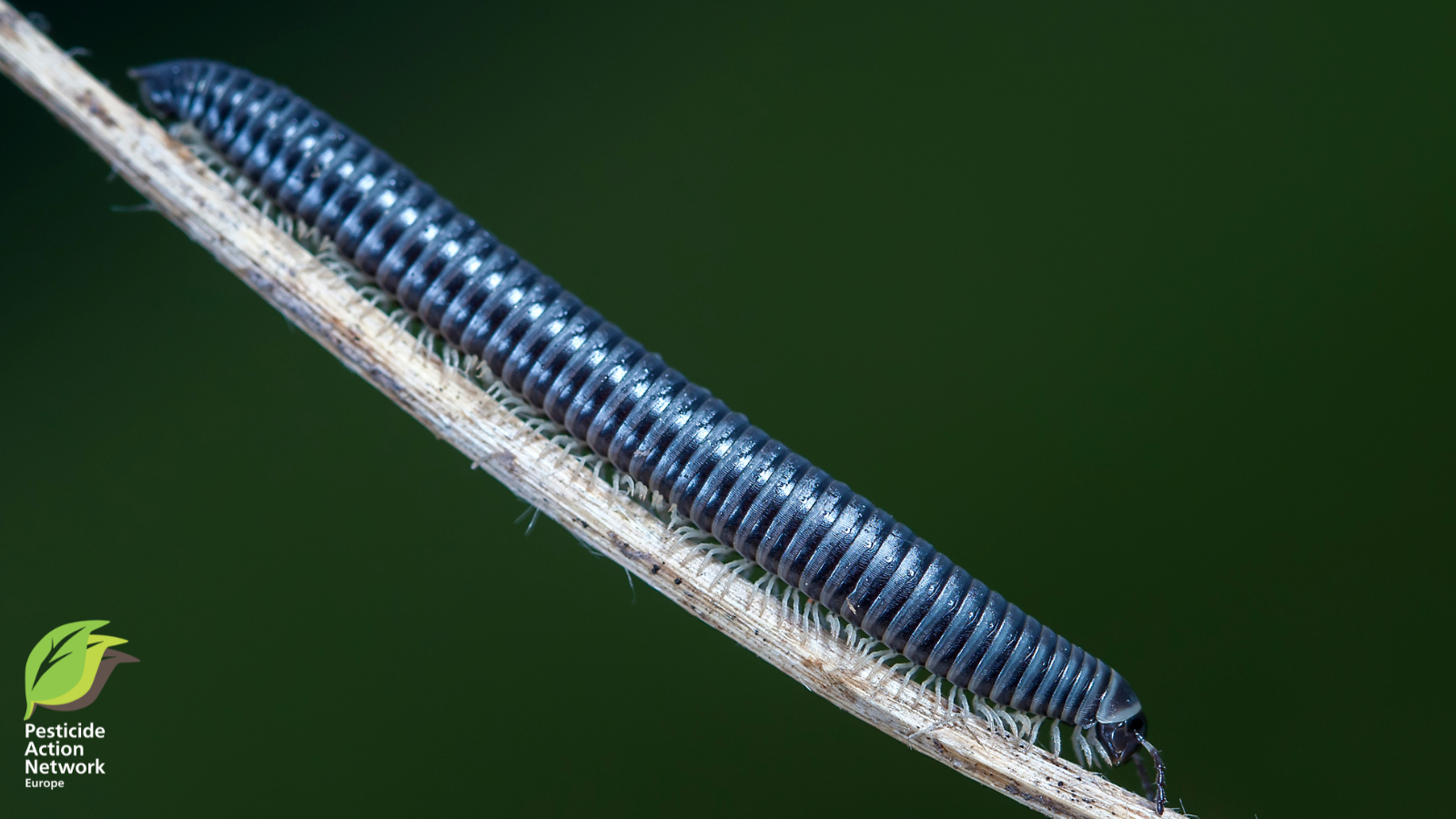
Springtail
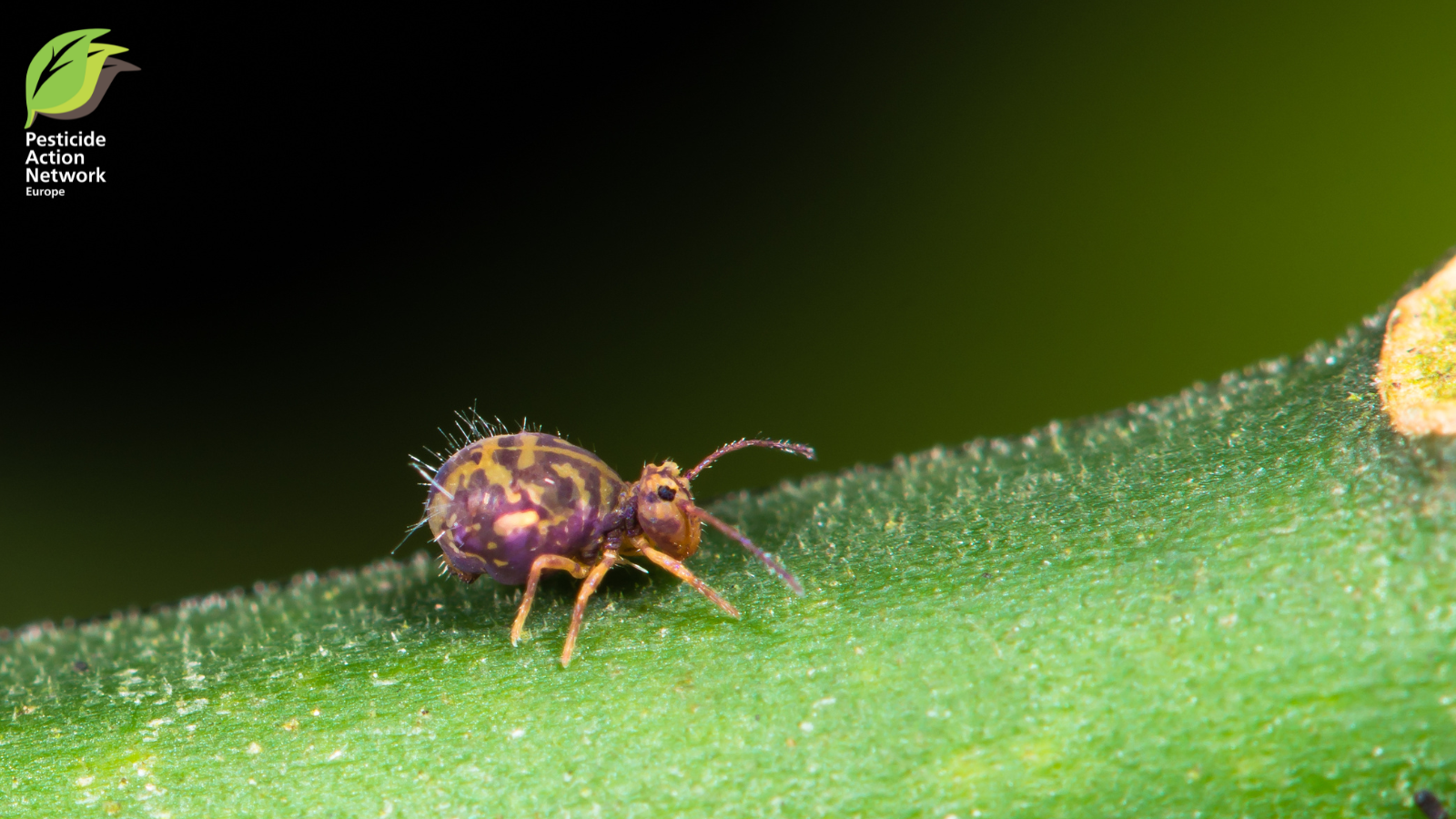
Springtails are the tiny, mighty guardians of our soil. Invisible to most, but essential for soil health and plant growth, springtails (collembola) break down organic matter, recycling nutrients and keeping ecosystems alive. A single square meter of healthy soil can contain 40,000 to 100,000 springtails. They are among the most numerous animals on Earth. These microscopic cleaners work non-stop beneath our feet, ensuring fertile soil for crops, forests and gardens. However, pesticide use is threatening these invisible workers. Without springtails, soil health collapses. We need stronger EU pesticide guidelines to protect these linchpins of our ecosystems before it is too late.
Ant
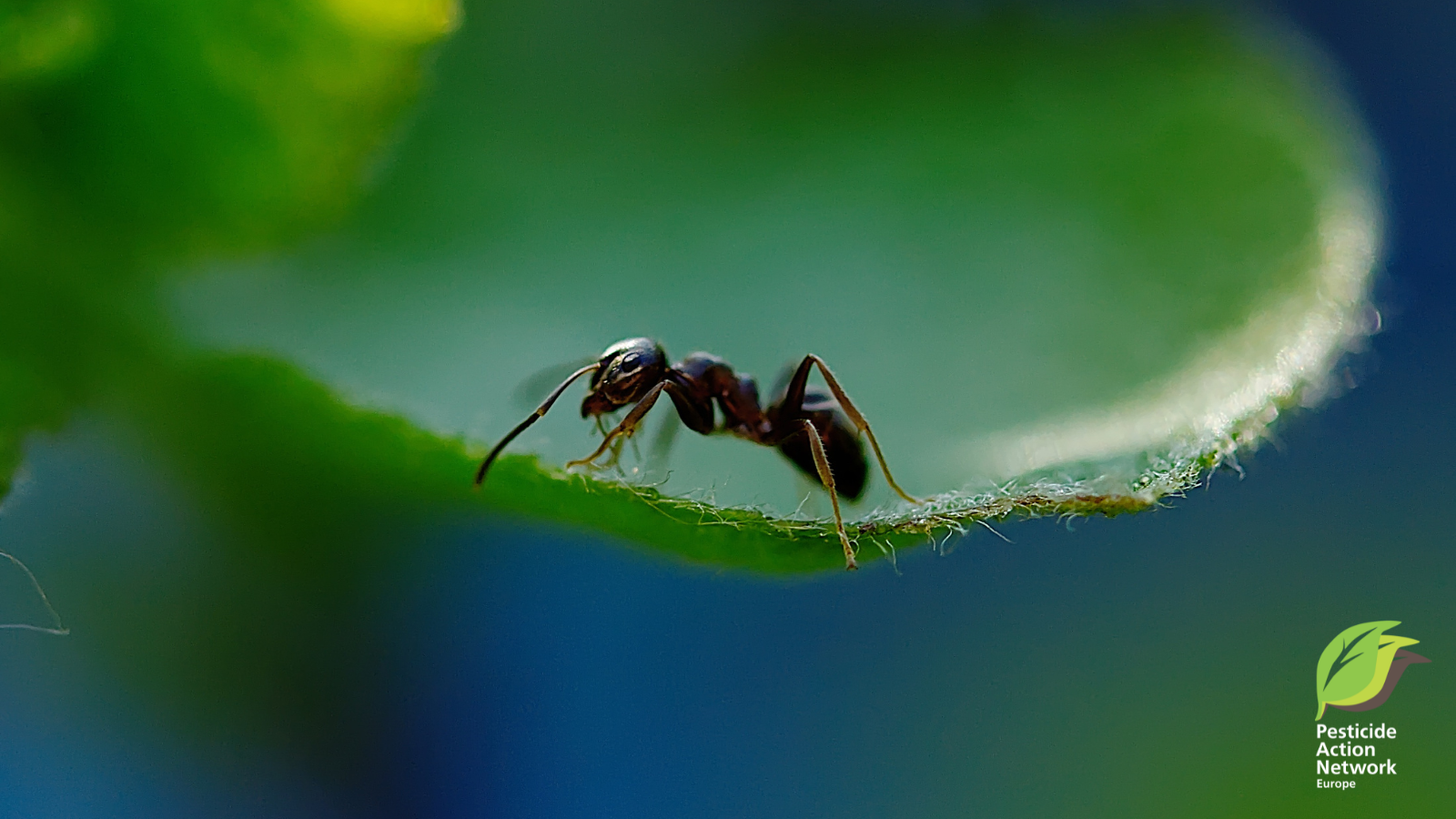
Think ants are tiny pests? Think again! Common black ants are not just part of the food chain; they are ecosystem superheroes. By digging tunnels, they aerate the soil, help plant roots grow, and break down organic matter, boosting soil health. They also help control pests and even disperse seeds for plants to thrive. However, harmful pesticides threaten their survival. We need stronger EU pesticide guidelines to protect these essential workers.
Hoverfly
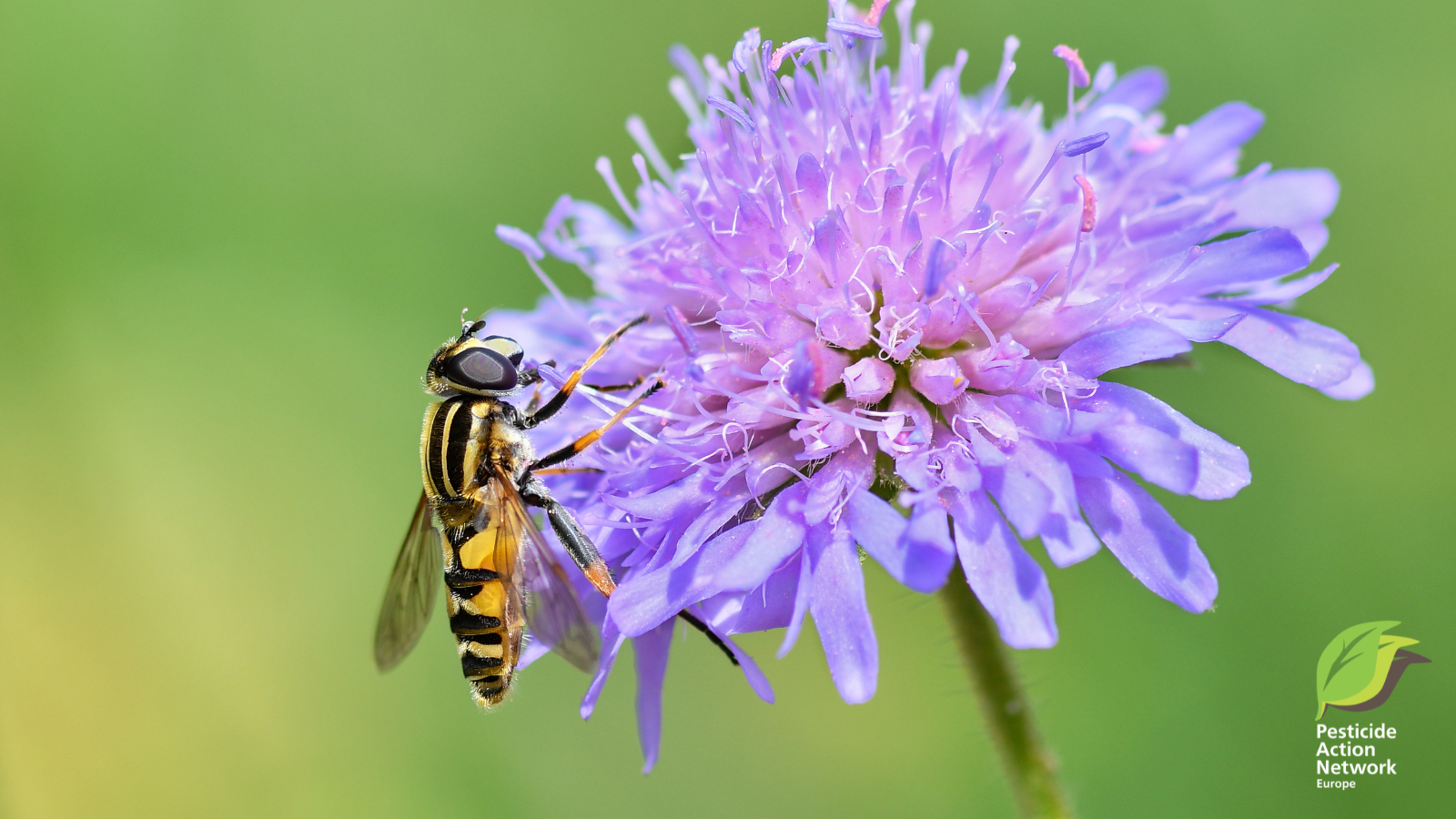 This is not bee. Meet the hoverfly, nature’s double agent. Disguised as a bee but sting-free, hoverflies are vital pollinators and natural pest controllers. Their larvae munch on aphids, keeping crops safe without pesticides, while adults spread pollen far and wide. Hoverflies are the world’s second most important pollinators after bees. Some species migrate thousands of kilometres, crossing continents while pollinating plants and keeping pest populations in check, like nature’s little flying farmers. But toxic pesticides threaten their survival. We need stronger EU pesticide guidelines to protect these essential pollinators before it’s too late.
This is not bee. Meet the hoverfly, nature’s double agent. Disguised as a bee but sting-free, hoverflies are vital pollinators and natural pest controllers. Their larvae munch on aphids, keeping crops safe without pesticides, while adults spread pollen far and wide. Hoverflies are the world’s second most important pollinators after bees. Some species migrate thousands of kilometres, crossing continents while pollinating plants and keeping pest populations in check, like nature’s little flying farmers. But toxic pesticides threaten their survival. We need stronger EU pesticide guidelines to protect these essential pollinators before it’s too late.
Woodlice
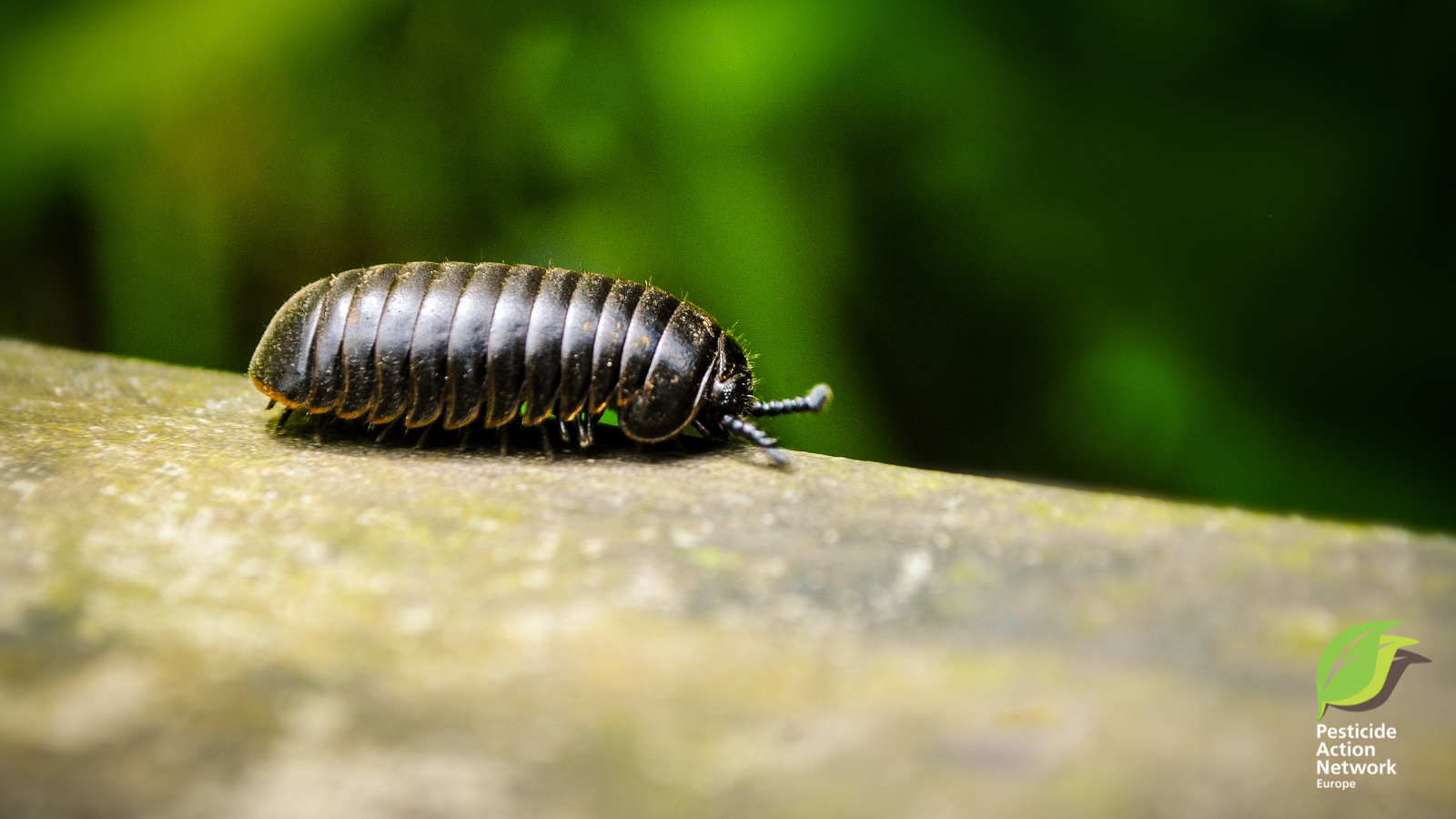 Woodlice are the unsung heroes of healthy soils. Did you know woodlice are land-dwelling crustaceans? These tiny creatures break down dead plants and enrich soil, making them essential for forests, gardens and agriculture. But toxic pesticides are threatening these crucial recyclers. Without them, soil health declines, affecting plants, crops and entire ecosystems. We need stronger EU pesticide guidelines to protect nature’s clean-up crew, which we can not live without.
Woodlice are the unsung heroes of healthy soils. Did you know woodlice are land-dwelling crustaceans? These tiny creatures break down dead plants and enrich soil, making them essential for forests, gardens and agriculture. But toxic pesticides are threatening these crucial recyclers. Without them, soil health declines, affecting plants, crops and entire ecosystems. We need stronger EU pesticide guidelines to protect nature’s clean-up crew, which we can not live without.
Ladybirds
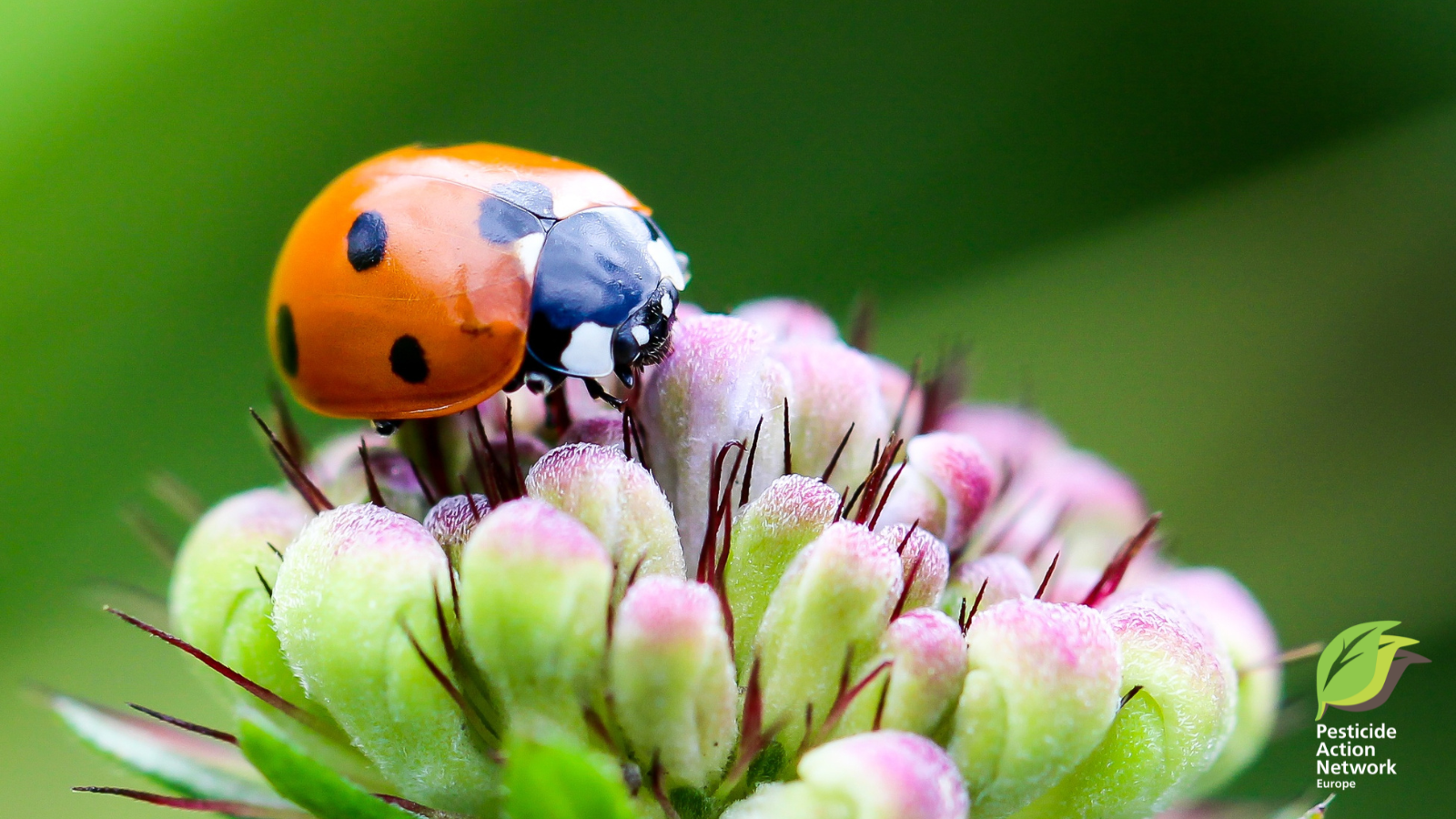 Meet the ladybird, a tiny guardian of nature. These iconic spotted beetles are not just cute; they are fierce pest fighters and secret pollinators. One ladybird can eat 50 aphids a day, protecting plants and crops without the use of pesticides. But harmful pesticide use is wiping them out, threatening natural pest control & food security. We need stronger EU pesticide guidelines to protect these insects we cannot live without.
Meet the ladybird, a tiny guardian of nature. These iconic spotted beetles are not just cute; they are fierce pest fighters and secret pollinators. One ladybird can eat 50 aphids a day, protecting plants and crops without the use of pesticides. But harmful pesticide use is wiping them out, threatening natural pest control & food security. We need stronger EU pesticide guidelines to protect these insects we cannot live without.
The rose chafer beetle
 The rose chafer beetle looks like a garden model and is an ecosystem hero. They may be labelled “pests” because they feed on flowers, but these beetles are actually doing a vital job for the environment. They pollinate flowers and break down organic matter, helping recycle nutrients back into the soil. Without them, we would struggle to keep ecosystems and crops healthy. Yet, harmful pesticides continue to threaten them, authorised due to outdated EU guidelines. It’s time for stronger rules that protect the insects we cannot live without.
The rose chafer beetle looks like a garden model and is an ecosystem hero. They may be labelled “pests” because they feed on flowers, but these beetles are actually doing a vital job for the environment. They pollinate flowers and break down organic matter, helping recycle nutrients back into the soil. Without them, we would struggle to keep ecosystems and crops healthy. Yet, harmful pesticides continue to threaten them, authorised due to outdated EU guidelines. It’s time for stronger rules that protect the insects we cannot live without.